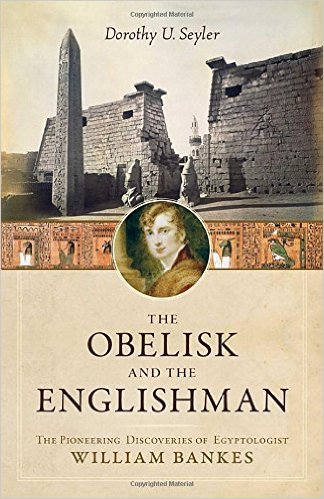 The Obelisk and the Englishman: The Pioneering Discoveries of Egyptologist William Bankes
The Obelisk and the Englishman: The Pioneering Discoveries of Egyptologist William Bankes
by Dorothy U. Seyler
Prometheus Books. 304 pages, $26.
BY THE TIME I finished this book I had come to the conclusion that the subtitle was somewhat misleading. The middle— and largest—section does describe William Bankes’ 1815–20 travels through Egypt and the Middle East. There, often battling severe illness, recalcitrant administrators, and hostile locals, this scion of English landed gentry, who had been expected to do nothing more adventurous than spend his adult years sitting in Parliament and whose adolescence had been largely frivolous, showed an amazing amount of grit and downright courage in his efforts to uncover and record some remarkable historical sites. The question is, are Bankes’ discoveries in Egypt really the main subject of this book?
William John Bankes (1786–1855) was one of the first modern Westerners to see and, more importantly, record in accurate detail the carved city of Petra and the interior of the newly excavated temple of Ramses II at Abu Simbel. (Seyler uses the spelling “Ramesses,” which may be phonetically closer to the Egyptian original but obscures the association with the old Ramses condoms.)







